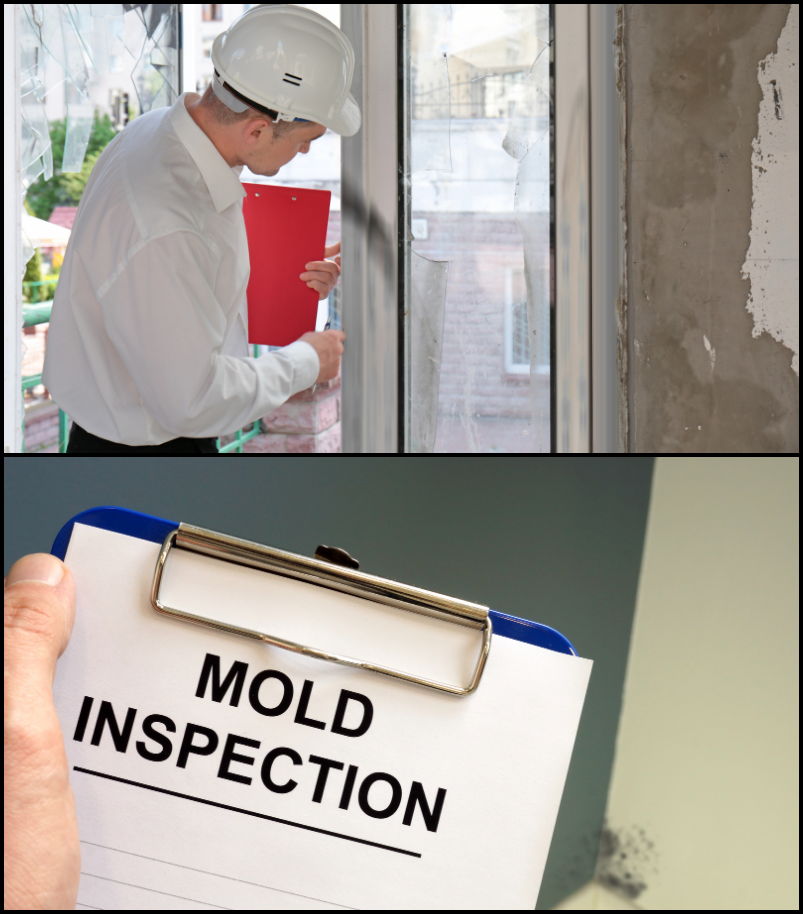Mold Testing in Cedarhurst


The Importance of Mold Testing On Long Island
Professional Mold Inspection in Cedarhurst
Residential
Commercial
Cedarhurst, located in Nassau County on Long Island, is a charming village known for its vibrant community and diverse population. With a population of around 6,800, Cedarhurst is recognized for its beautiful tree-lined streets, quaint shops, and strong sense of community. The village has a rich cultural heritage and is home to a significant Jewish community, which contributes to its unique character and local traditions. The local economy is supported by a mix of small businesses, boutiques, and restaurants, particularly along Central Avenue, which serves as the village's commercial hub. Cedarhurst is also well-connected to public transportation, making it easy for residents to commute to New York City. The weather in Cedarhurst reflects typical Long Island conditions, with warm, humid summers and cold winters, allowing for various seasonal activities.
Cedarhurst is home to several parks and recreational areas, including the Cedarhurst Park, which offers playgrounds, sports facilities, and picnic areas for families to enjoy. The village hosts numerous community events throughout the year, such as holiday celebrations, street fairs, and cultural festivals, fostering a strong sense of connection among residents. With its excellent schools, community-oriented atmosphere, and convenient access to amenities and transportation, Cedarhurst is a desirable place to live, attracting families and individuals looking for a welcoming and vibrant suburban lifestyle on Long Island.
Our Mold Testing Services in Cedarhurst
Our testing and inspection process includes the following steps:
Visual Mold Inspection:
Identifying any visible signs of mold growth.
Air Quality Testing:
Detecting mold spores in the air to assess indoor air quality.
Surface Testing:
Collecting samples from surfaces to confirm mold presence.
Moisture Mapping:
Pinpointing areas of potential water damage that may lead to mold growth.
Why Choose Long Island Mold Testing
Certified and Experienced
Local Experts
Fast & Reliable Service
Health-Focused Approach
FAQs
1. What is mold testing?
Mold testing involves inspecting a property for the presence of mold by collecting air or surface samples and analyzing them in a laboratory to determine if harmful mold is present and at what levels.
2. Why is mold testing important?
Mold testing helps identify hidden mold growth that can cause health issues, property damage, and decreased indoor air quality. It allows homeowners to take prompt action to remove mold and prevent further problems.
3. How do I know if I need mold testing?
If you notice visible mold, experience a musty odor, or suspect water damage (e.g., from flooding or leaks), mold testing is recommended. It’s also a good idea after purchasing a home, following major storms, or if household members experience unexplained health issues.
4. What types of mold are commonly found in homes?
Some common molds found in homes include Stachybotrys (black mold), Penicillium, Aspergillus, and Cladosporium. Testing can determine the specific types of mold present and assess the risks they may pose.
5. How is mold testing performed?
Mold testing typically involves collecting samples from the air, surfaces, or materials in your home. These samples are then analyzed in a lab to identify the types of mold present and their concentrations.
6. How long does mold testing take?
The actual testing process usually takes a few hours, but receiving lab results can take anywhere from 24 hours to a few days, depending on the type of testing and the laboratory used.
7. How much does mold testing cost?
The cost of mold testing varies depending on the size of the property, the extent of testing required, and the types of tests performed. Prices typically range from $300 to $600, but more comprehensive testing can cost more.
8. What should I do if mold is detected in my home?
If mold is found, you should contact a professional mold remediation company to safely remove it. It’s important to address the underlying cause of the mold (such as water leaks or high humidity) to prevent future growth.
9. Can I test for mold myself?
There are DIY mold testing kits available, but they may not be as reliable as professional testing. Professional mold inspectors are trained to locate hidden mold and provide more accurate assessments of the extent of the issue.
10. How can I prevent mold growth in my home?
To prevent mold growth, control indoor humidity levels, repair leaks promptly, ensure proper ventilation (especially in bathrooms and kitchens), and clean and dry areas affected by water damage as soon as possible.
11. Is all mold dangerous?
Not all mold is harmful, but certain types of mold can cause health issues, especially for individuals with allergies, asthma, or weakened immune systems. Professional testing can help determine if the mold in your home poses a risk.
12. How often should mold testing be done?
Mold testing should be done after water damage, if mold is visibly present, when moving into a new home, or if you notice unexplained health symptoms. Otherwise, periodic testing every few years can ensure your indoor air quality remains safe.